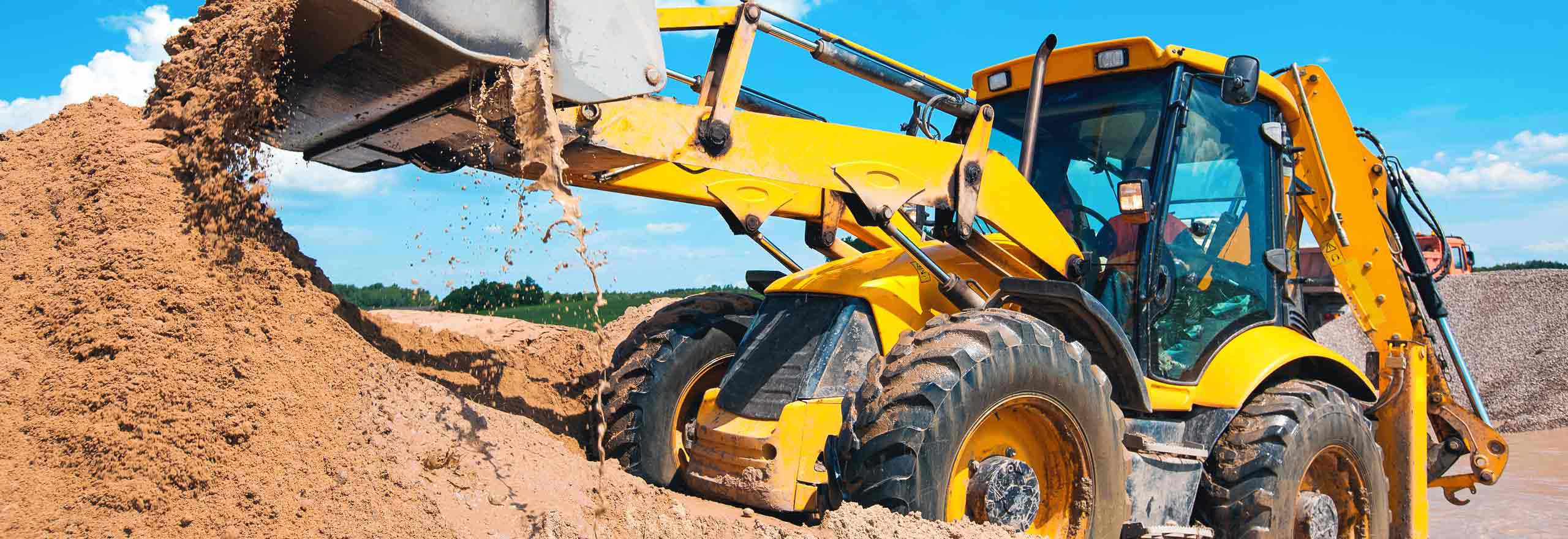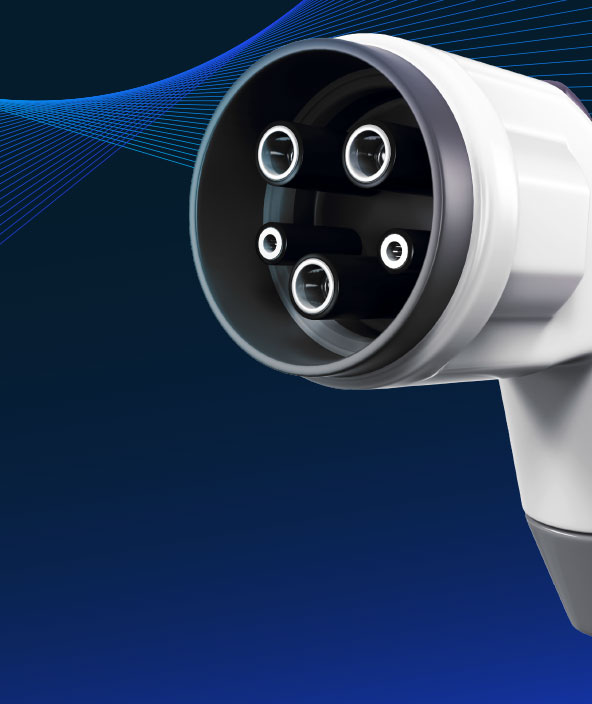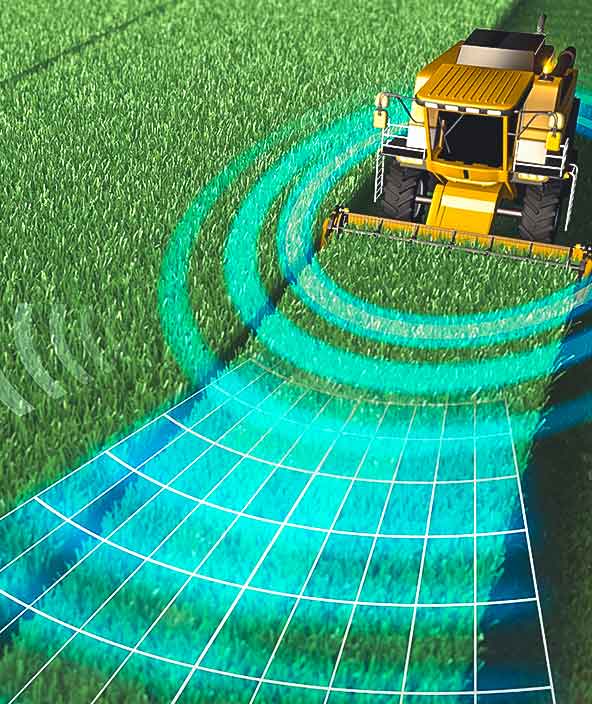How Hexagon creates value for the heavy machinery and equipment industry

Digitalising heavy machinery from design through operations
The social and economic drive toward sustainable operating models has never been greater in agriculture, construction, mining, material processing and manufacturing. Hexagon is putting data to work in the heavy machinery and equipment industry to enable more autonomous and productive operations.
Heavy lifting in the drive to sustainability
Heavy machinery and equipment is becoming ever more sophisticated, incorporating new technologies and increasingly integrating with operating environments to improve productivity in key industries such as agriculture, construction, mining, material processing and manufacturing.
From farming and mining equipment to yellow goods, machine tools to robotics, modern heavy machinery uses advanced electronics, software-driven features and extensive sensor integrations to maximise efficiency for more sustainable outcomes.
To deliver this new generation of heavy equipment, the industry is embracing digitalisation from the design and production of equipment to service operations. Digital-first design and engineering approaches allow simulation of complex mechanical and hydraulic assemblies as well as production process validation. When combined with sensor data from the operating environment, simulation can also optimise and autonomise operating strategies in the field.

Letting data do the heavy lifting
Heavy machinery and equipment is moving towards a new generation of intelligent products, and Hexagon is enabling the industry to accelerate this shift. Our hardware and software solutions capture data and put it to work from the factory to the field.
- CAE simulation allows heavy machinery and equipment designs to be virtually validated and optimised.
- Manufacturing process simulation ensures manufacturability before production begins.
- Dedicated CAD CAM solutions optimise production strategies to deliver parts to specification while minimising waste.
- Quality assurance solutions ensure parts meet the required tolerance and support best-fit assembly techniques.
- Data is shared throughout the manufacturing process, allowing feedback to continuously improve processes.
- Onboard electronics and software enable equipment to intelligently respond to sensor data during operations for increasing autonomy.


